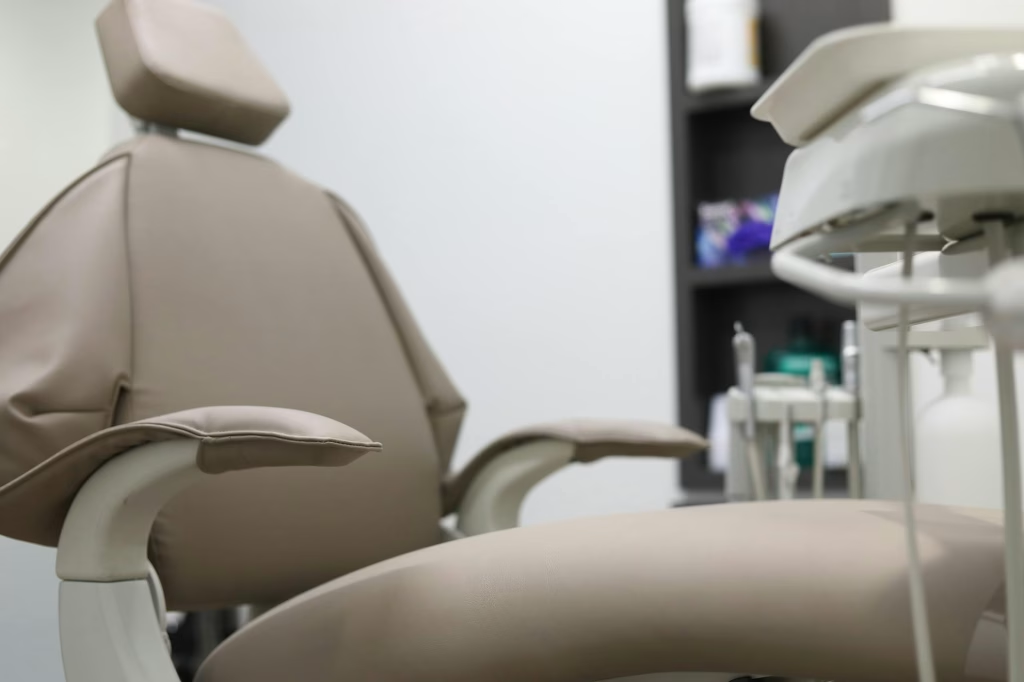In the competitive landscape of dental practice management, understanding and improving your EBITDA can be the difference between a thriving practice and one that merely survives. As dental practice owners seek strategies for sustainable growth and increased valuation, focusing on EBITDA has become more critical than ever.
Understanding EBITDA in Dental Practices
EBITDA represents the financial heartbeat of your dental practice, offering a clear view of operational profitability before accounting for financial and accounting decisions. For dental practice owners, this metric provides insights beyond simple revenue numbers, revealing the true earning potential of your business.
Strategic Approaches to Boosting Practice Profitability
Revenue Optimization Strategies
Successful dental practices don’t just focus on cutting costs, they strategically expand revenue streams.
Consider diversifying your service offerings by introducing:
- Cosmetic dental procedures
- Advanced restorative treatments
- Specialized services like orthodontics or implant dentistry
These additional services can significantly increase your average patient value and contribute to EBITDA growth.
Operational Efficiency: The Silent Profit Multiplier
Efficiency isn’t about working harder, but working smarter.
Implement systems that streamline:
- Patient scheduling
- Insurance processing
- Clinical workflow management
Investing in practice management technology can reduce administrative overhead and create more billable clinical time.
Financial Management Best Practices
Effective financial management goes beyond basic bookkeeping.
Develop robust strategies to:
- Improve collections rates
- Negotiate better supplier contracts
- Implement strategic pricing models
- Monitor key performance indicators consistently
Technology’s Role in EBITDA Enhancement
Modern dental practices leverage technology not just for patient care, but for financial optimization. Consider investments in:
- Digital imaging systems
- CAD/CAM technologies
- Advanced practice management software
These technologies can improve diagnostic accuracy, treatment efficiency, and overall practice productivity.
Staff Development and Productivity
Your team represents a significant investment and potential EBITDA driver.
Focus on:
- Continuous professional training
- Performance-based compensation models
- Creating a culture of efficiency and excellence
Marketing and Patient Acquisition
Strategic marketing isn’t an expense, it’s an investment in EBITDA growth.
Develop comprehensive approaches that:
- Target high-value patient demographics
- Implement patient retention programs
- Utilize digital marketing channels effectively
Risk Management and Cost Control
Proactive risk management can prevent unexpected expenses that erode EBITDA.
This includes:
- Comprehensive insurance coverage
- Regular equipment maintenance
- Compliance with regulatory requirements
Data-Driven Decision Making
Successful dental practice owners treat their practice like a business, not just a clinical environment.
Implement:
- Regular financial reviews
- Benchmarking against industry standards
- Predictive financial modeling
Maximizing EBITDA requires a holistic approach that combines strategic thinking, technological investment, and disciplined financial management. By viewing your dental practice through a business lens, you can create a more profitable, efficient, and valuable healthcare enterprise.
Remember, EBITDA isn’t just a number- it’s a reflection of your practice’s operational excellence and future potential.

